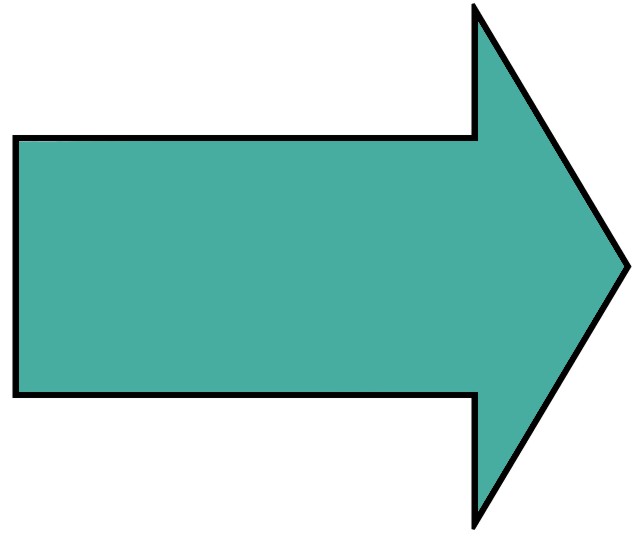This was my favorite of all the ruin sites we saw in Mexico. Our guide made a big deal about the number of steps in the pyramid and the number of levels, and so forth. I get the impression that by starting out with a few small numbers, you can multiply or add them together and get any other small number.
Unfortunately, although the steps and levels were accessible during our visit, as of spring 2006 they no longer are. The steps have been roped off because some of the monuments have been eroded or destroyed. This includes the northern staircase with its feathered serpent sculptures as well as other parts of both El Castillo and the Interior Temple where the Jaguar Throne is located. It’s unfortunate that such ancient wonders have been so badly impacted by our modern world.
Another feature of Chichen Itza are the seven ballcourts, where the Mayans played a game similar to basketball. The Great Ballcourt is not only the largest at Chichen Itza, it’s the largest in the entirety of ancient Mesoamerica. Next to the ballcourt area is the Temple of the Jaguars, which includes stone representations of jaguars and feathered serpents, as well as murals.
At a few points around Chichen Itza, the Mayans constructed sweat baths. The Mayans used these to purify their bodies, mind, and emotions. This was important in Mayan spiritual traditions, since purification was necessary to access one’s spiritual energy.
Other parts of the ancient city are considered private property, so are not open to the public. Old Chichen is part of the Maya Jungle Reserve and Nature Trails. This archeological site belongs to the Hacienda Chichen, a 16th century hacienda that now serves as a hotel, and only the hotel guests and visitors are able to access the site and its trails. Some of the Mayan temples in this area are being reconstructed.
Because of Chichen Itza’s importance to the history of the Yucatan Peninsula and Mexico in general, a great number of people visit it. Many of the structures have been restored and rebuilt to allow visitors a glimpse of the past, and several attractions and events have been developed to give tourists an additional reason to see the site. As noted above, this isn’t necessarily a good thing because of the toll all those visitors have taken on the monuments located in Chichen Itza. We were fortunate to be able to see such a fascinating and vital part of the area’s history.
Click prev or next for more trip stories from Johnny Monsarrat.








